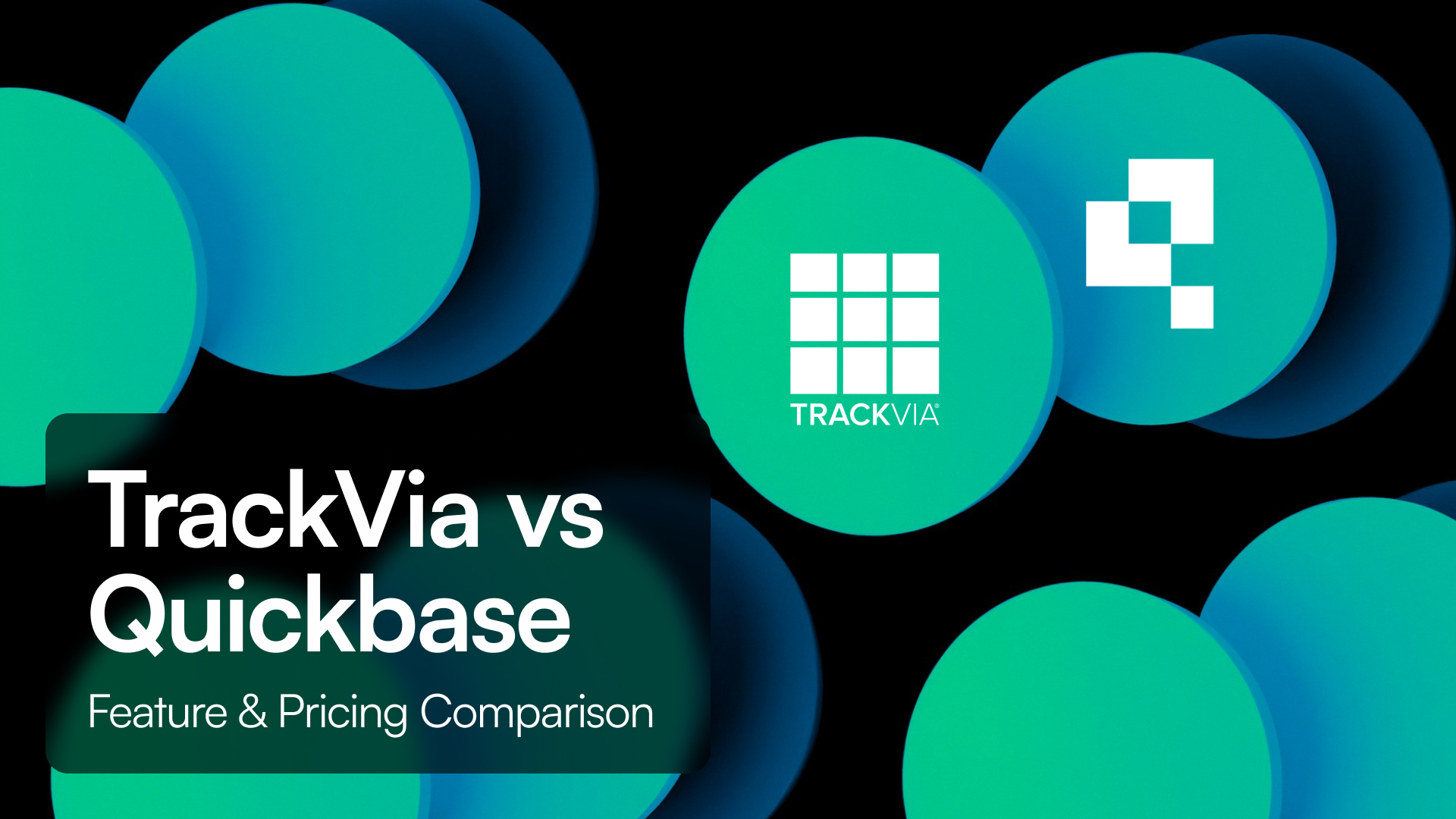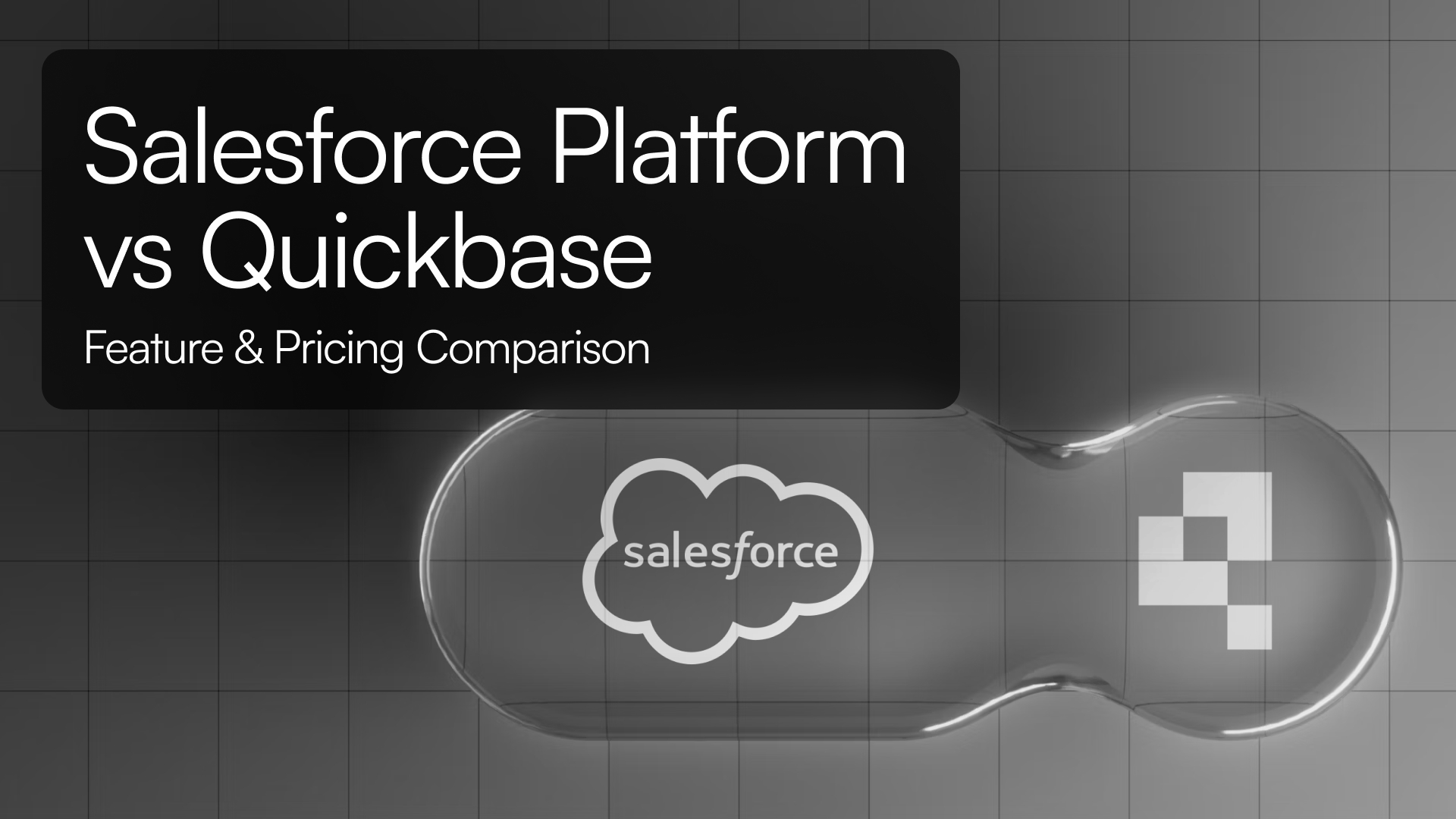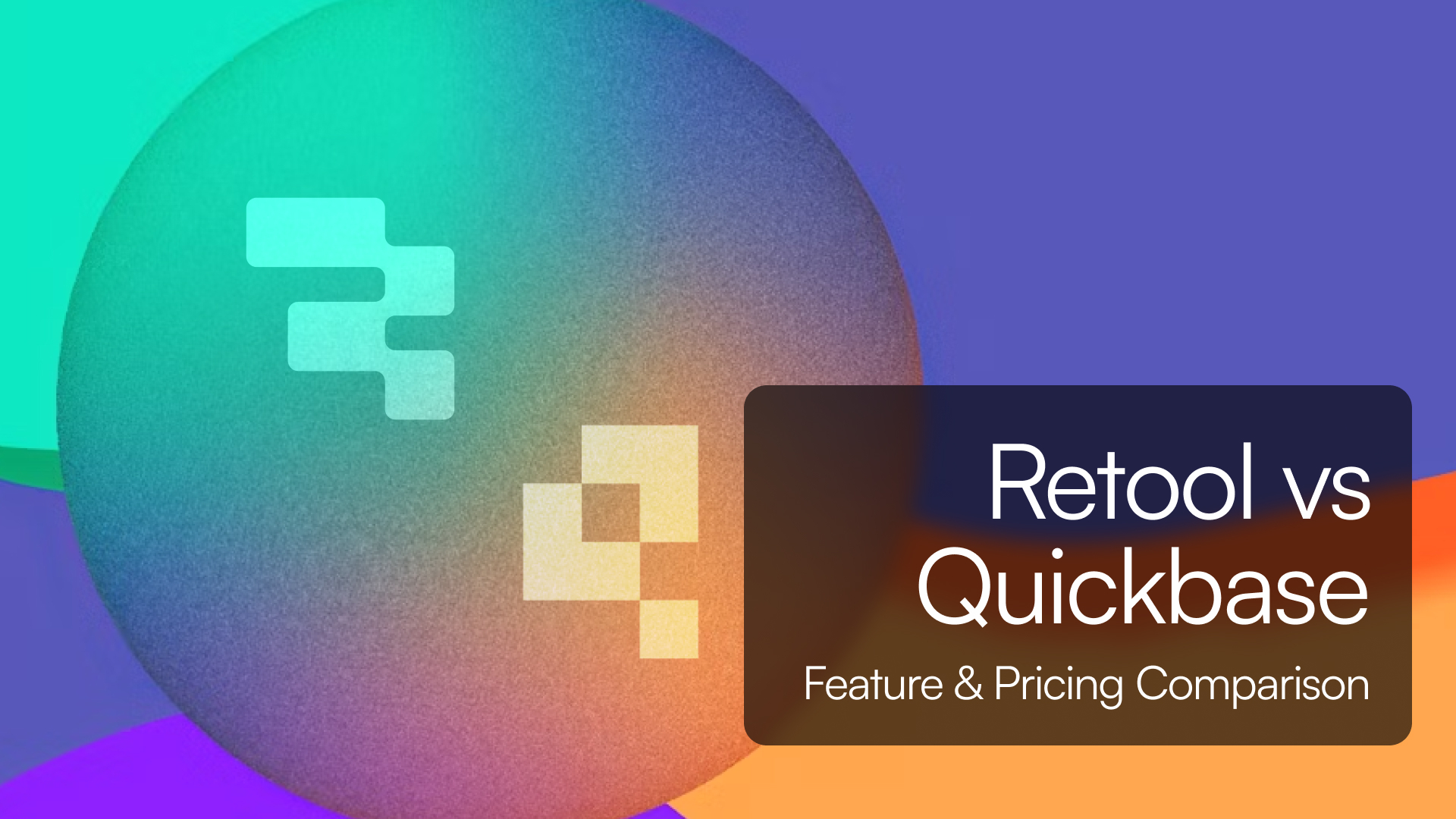Searching Google or Twitter for the latest buzzword, NoCode or Low-Code, gives an overwhelming amount of results and voices. It's proof that businesses and developers across the globe are flocking to the latest trend in application development. For a more analytical approach, just check out some of these figures...
By 2024, low-code application development will be responsible for more than 65% of application development activity. (Gartner)
The global low-code development platform market is predicted to generate a revenue of $187 billion by 2030, rising from $10 billion in 2019, and is expected to advance at a fast pace, 31% CAGR, during the forecast period. (GlobeNewswire)
By 2024, 75% of large enterprises will be using at least four low-code development tools for both IT application development and citizen development initiatives. (Gartner)
What's the difference between NoCode and Low-Code?
The nomenclature alone implies a lot. A NoCode platform is exactly what it sounds like; a platform that allows for the development of applications or data processes without requiring the developer to use code.
Low-Code is again very much what it sounds like. A Low-Code platform allows for the development of applications or data processes with the ability to add code when necessary or desired.
- Low-Code allows for extending an application beyond it's native limitations by incorporating standard web development languages that have been proved for decades. By doing so, an application can become largely more powerful than it would've been without the ability to add code.
- Increases lifecycle of your tech stack by removing the need to find the next best NoCode solution. Similarly to the point above, by choosing a Low-Code platform, the ability to extend an application beyond it's native limitations reduces the probability of outgrowing the platform.
- Low-Code platforms allow for rapid development and implementation of features or customizations that can be shared between users and can even inspire new native features to be developed.
So...Is Tadabase the perfect mix of NoCode and Low-Code?
The answer is of course, yes.
Tadabase provides a robust platform with a truly symbiotic relationship between NoCode and LowCode. Throughout the existence of Tadabase, integrations or customizations implemented through custom code have generally inspired new native features that have been added to the platform. This cycle of communal development is because of the Low-Code capabilities of Tadabase.
Here's just a few examples of how Tadabase's Low-Code ability can greatly improve the functionality and power of your application.
Adding custom CSS
CSS can be added throughout an application, either granularly on a single component or globally by placing CSS in the <head> of an application.
Adding custom JavaScript
Just like CSS, JavaScript can be added throughout an application, either granularly on a single component or globally by placing JavaScript in the <head> or <footer> of an application.
Custom Component
While the traditional components available with Tadabase offer some design capabilities like background color, border styles, and font styles; they are preconfigured to look and behave a certain way.
The Custom Component is a blank slate with nearly all the power of our native components. This means you can design and style a component to look and behave any way you want.
API
Tadabase has a robust REST API, and also has the ability to make API calls directly from within the platform using Pipes. This means that you can integrate an application with nearly any external source.
Additionally, Tadabase provides a JavaScript API so you can listen and trigger custom code when specific events occur. Lastly, a Builder API is also available so you can make updates to the backend of an application without having to login to the Builder.
Combining all of these Low-Code features with the NoCode, drag & drop features of Tadabase, you get an insanely powerful and flexible platform that truly shines.
For more information on any of these topics or features, please visit our support docs or our website.








